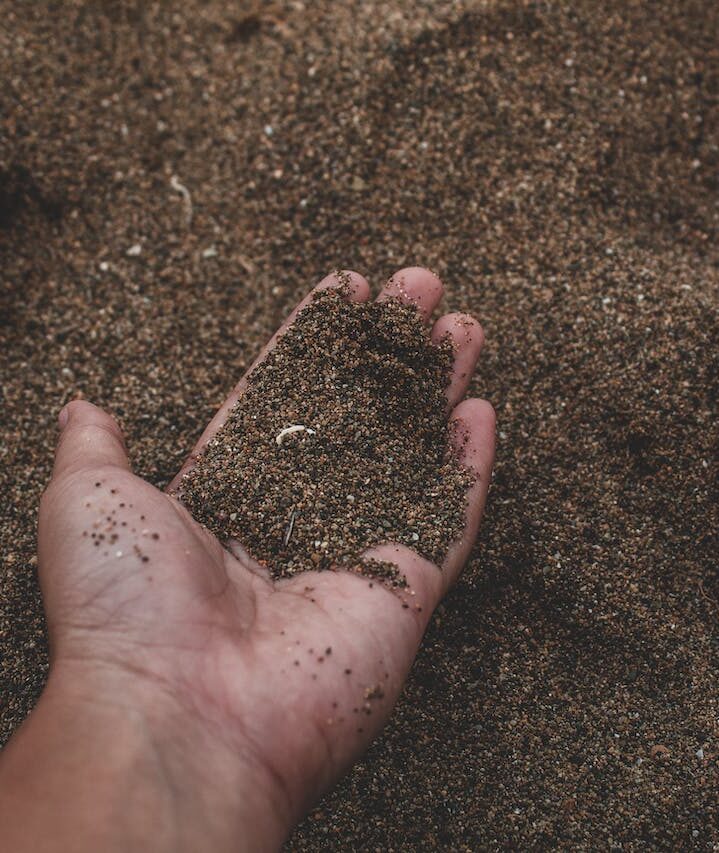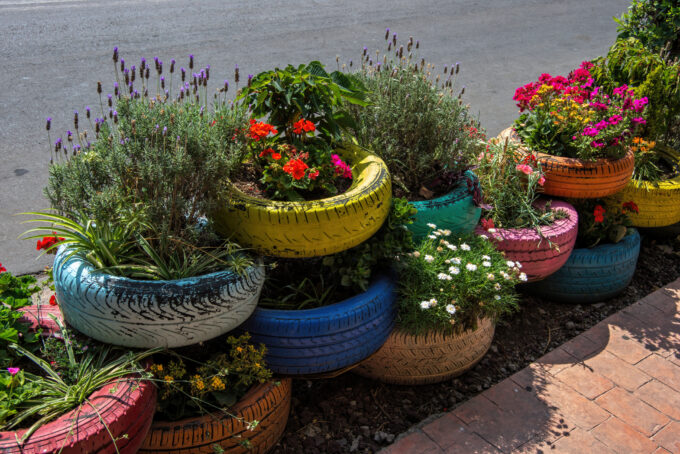Many people are starting to discover how many efficient ways there are to grow and take care of plants. One hack to add more nutrients to your soil/compost while also reducing waste is to use spent coffee grounds. Millions of people around the world are already drinking at least one cup of coffee a day. Why not take some of the grounds used to brew it and repurpose them? Doing so would allow you to better maintain your plants and give them added nutrients. However, there is caution that should be taken when incorporating the coffee into your plants. Learn here the answer to the question “are coffee grounds good for plants?” and how you should utilize them if you choose.
Are Coffee Grounds Good for Plants?
Yes, coffee grounds can be beneficial for plants when used in moderation and with certain considerations. Coffee grounds are a good source of organic matter and can provide several benefits. For example, they contain essential nutrients such as nitrogen, phosphorus, and potassium. These nutrients contribute to plant growth and development.
Coffee grounds are also slightly acidic, and they can help to acidify the soil. This is particularly beneficial for acid-loving plants like azaleas, blueberries, and rhododendrons. Additionally, coffee grounds can improve soil structure by adding organic matter. This helps with water retention, drainage, and aeration. Earthworms are attracted to coffee grounds. Worms help with soil aeration and nutrient cycling, making the soil more conducive to plant growth.
How To Add Coffee Grounds Into Plant Soil
Coffee grounds work best when adding them to a compost but you can also sprinkle them directly on top of the soil. However, it is important to use the right kind and the right amount. Gardening blog The Sill recommended only using used coffee grounds as opposed to fresh coffee grounds in plant soil. The fresh grounds are much higher in acidity and caffeine. Unless they are one of the acidity-loving plants, this can be harmful to your plants. If your soil is already acidic, be cautious not to lower the pH excessively.
Work the coffee grounds into the soil rather than leaving them on the surface. This helps prevent clumping and ensures even distribution of nutrients. Do not apply coffee grounds in thick layers directly onto the soil surface. Thick layers can become compacted, affecting water penetration and air circulation in the soil. Use a rake or a garden fork to incorporate the coffee grounds into the top few inches of the soil.
Consider the needs of specific plants when applying coffee grounds. Some plants, like tomatoes and roses, can benefit from the extra nitrogen in coffee grounds, while others may not require as much.
Also, periodically monitor the pH levels of your soil, especially if you are consistently adding coffee grounds. If you notice a significant drop in pH, adjust your gardening practices accordingly.
How Does Using Coffee Grounds for Plants Work?
Kim Toscano for Real Simple explained that plants are not able to use the nutrients provided by coffee grounds until the coffee grounds are broken down. “The coffee grounds must first be broken down through composting or natural decomposition. Through these processes, soil microbes transform elemental nutrients found in coffee grounds and other organic materials into compounds usable by plants.” Additionally, Coffee grounds decompose slowly, so they should be mixed into the soil rather than forming a thick layer on the surface, which might prevent water penetration. This is why the most effective answer to “are coffee grounds good for plants?” is yes, when they are used in a compost.
How To Use Coffee Grounds in a Compost
Coffee grounds are considered “green” material in composting, which means they are rich in nitrogen. To balance the compost, mix coffee grounds with “brown” materials like dried leaves, straw, or shredded newspaper. The ideal ratio is generally about 2 parts brown to 1 part green.
When adding coffee grounds to your compost bin, it’s also beneficial to layer them with other organic materials such as fruit and vegetable peels. (Avoid adding meat or dairy products to maintain a balanced compost.) This creates a more diverse mix and aids in the breakdown process. However, be wary of the moisture as coffee grounds can be moist, and too much moisture in the compost can lead to anaerobic conditions and bad odors. If your compost is too wet, balance it by adding more dry, brown materials.
Once the moisture part is figured out, you must be aware of the coffee grounds once they dry. Coffee grounds can sometimes clump together, especially when they dry. To prevent this, mix the coffee grounds thoroughly with the other compost materials. This helps ensure even decomposition and prevents the grounds from forming a compacted layer.
Turning your compost regularly helps aerate the pile and speed up the decomposition process. This is important for breaking down the coffee grounds and other materials in the compost.
So, Are Coffee Grounds Good for Plants?
Yes, you can mix coffee grounds directly into soil if done so properly, but you will get the best results if you add them to a compost pile. Moderation and balance are key when adding any specific material to compost. By incorporating coffee grounds in a thoughtful manner, you can contribute to the creation of nutrient-rich compost for your garden.
popular posts
- 1It’s Black Business Month, So Let’s Go Shopping and #BuyBlack!
- 2These Home Decor Items Will Instantly Make Your Space Look Outdated
- 3Black-Owned Home Decor Stores To Support Across the United States
- 4A Look Inside Elon Musk's Tiny $50,000 House
- 57 Black and Multicultural Designers To Follow For Design Inspo
Spaces
Whether it’s luxury or ease, every area of your home should be as fabulous and unique as you.

Give Your Yard a Glow Up for Spring + Tips from a Pro!
by Melody Beuzelin | March 15, 2023
FOLLOW ALONG ON INSTAGRAM
#homeandtexture
Find us on social for more home inspiration where culture, personal style, and sophisticated shopping intersect to help you create a home where you love to live.







